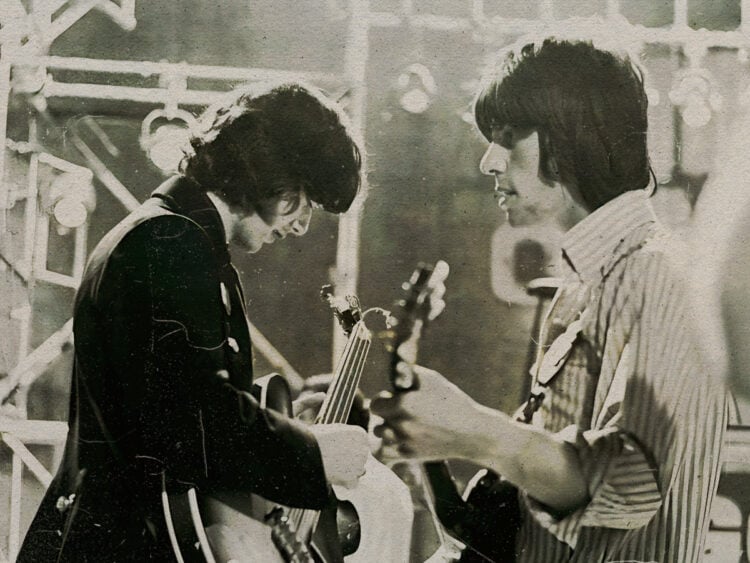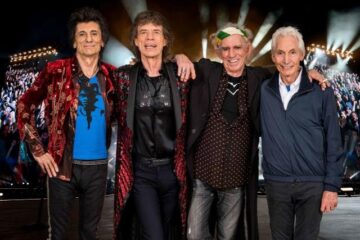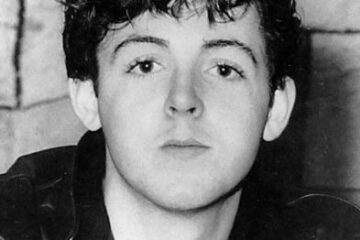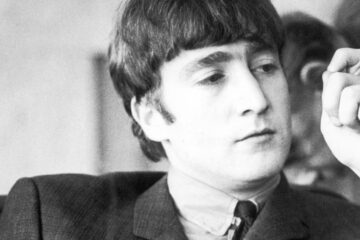There isn’t much that the electric guitar is capable of that Jimmy Page hasn’t explored in some capacity. From the time that he first picked up the instrument, Page was looking to dismantle the traditional of rock guitar playing to pave the way for something new and exciting just around the corner with Led Zeppelin. Although Page was about to open up the common perception of what the instrument could do, the first handful of Zeppelin tunes did bear a striking resemblance to his older outfits.
Before Page had the idea of making a new band with Robert Plant and John Paul Jones, he was already a veteran of the English studio scene. Known for laying down guitar parts on several classic 1960s pop songs, Page would ultimately find his calling working off a band, playing the wildman role in The Yardbirds.
Joining amid the psychedelic movement, songs like ‘Heart Full of Soul’ were a subtle glimpse into what Page could do, twisting the guitar to create one of his first iconic riffs. Once Jeff Beck joined the group, though, Page knew he would need someone else to help him get to the other side, ultimately forming a new incarnation of The Yardbirds under Led Zeppelin.
When looking at Zeppelin’s first album, though, the sounds Page was coming up with were still indebted to the blues. Outside of the folk ballad ‘Babe, I’m Gonna Leave You’, most songs follow a traditional rock and roll structure, albeit with a bluesy twist on tracks like ‘Dazed and Confused’ and ‘Communication Breakdown’.
Although Page and Plant would be responsible for penning songs like ‘How Many More Times’, the guitarist would admit that the core of the tracks were based on sketches that he was still working on in The Yardbirds. While none of his former bandmates had any writing credits on the final songs, Page admitted that the playing style that he used was near-identical to what he had been working on with the blues legends.
Recalling his time in the studio for Zeppelin’s debut, Page recalled, “I remodelled those riffs and used them again, so the bowing on ‘How Many More Times’ and ‘Good Times, Bad Times’ was an extension of what I’d been working on with the Yardbirds, although I’d never had that much chance to go to town with it, and to see how far one could stretch the bowing technique on record, and obviously for anyone who saw the band, it became quite a little showpiece in itself”.
Regardless of when Page started using the bow, fans were stunned the minute that they heard Zeppelin in a live setting. Featuring the wailing vocals of Plant and the thunderous drumming of John Bonham storming through like a herd of wildebeest, Zeppelin quickly became one of the wildest bands on the circuit, with Page’s riffs providing the song’s engine half the time.
But that would only be the beginning. Once the band started to hone their craft on the following albums, they would be on the cusp of creating some of the most feral rock and roll ever produced, from the soothing sounds of ‘Tangerine’ to the roaring epics of later their career, like ‘Kashmir’. Page may have still been looking to his past on the first Zeppelin album, but he would have no idea what those songs would mean for the rest of the world.




